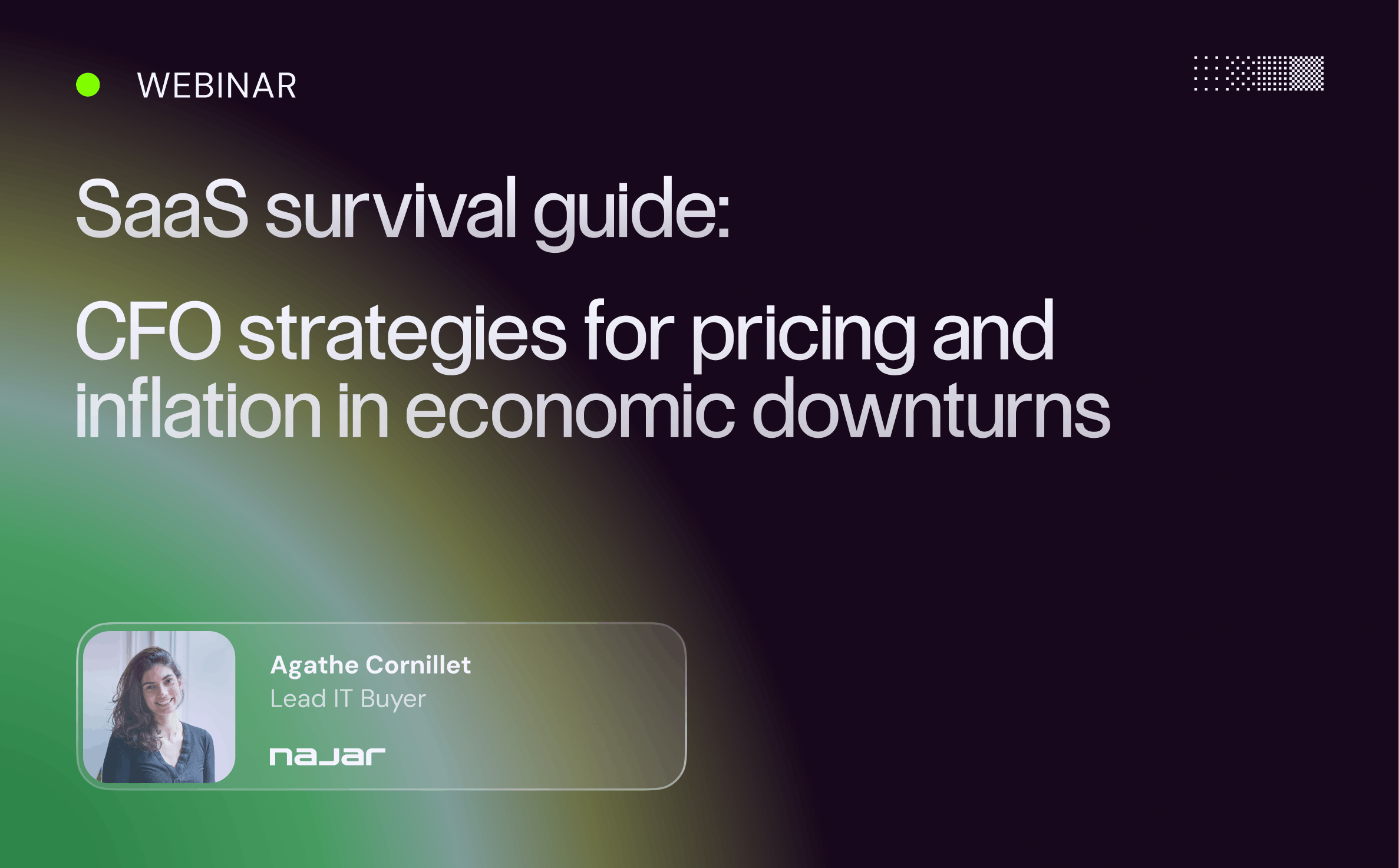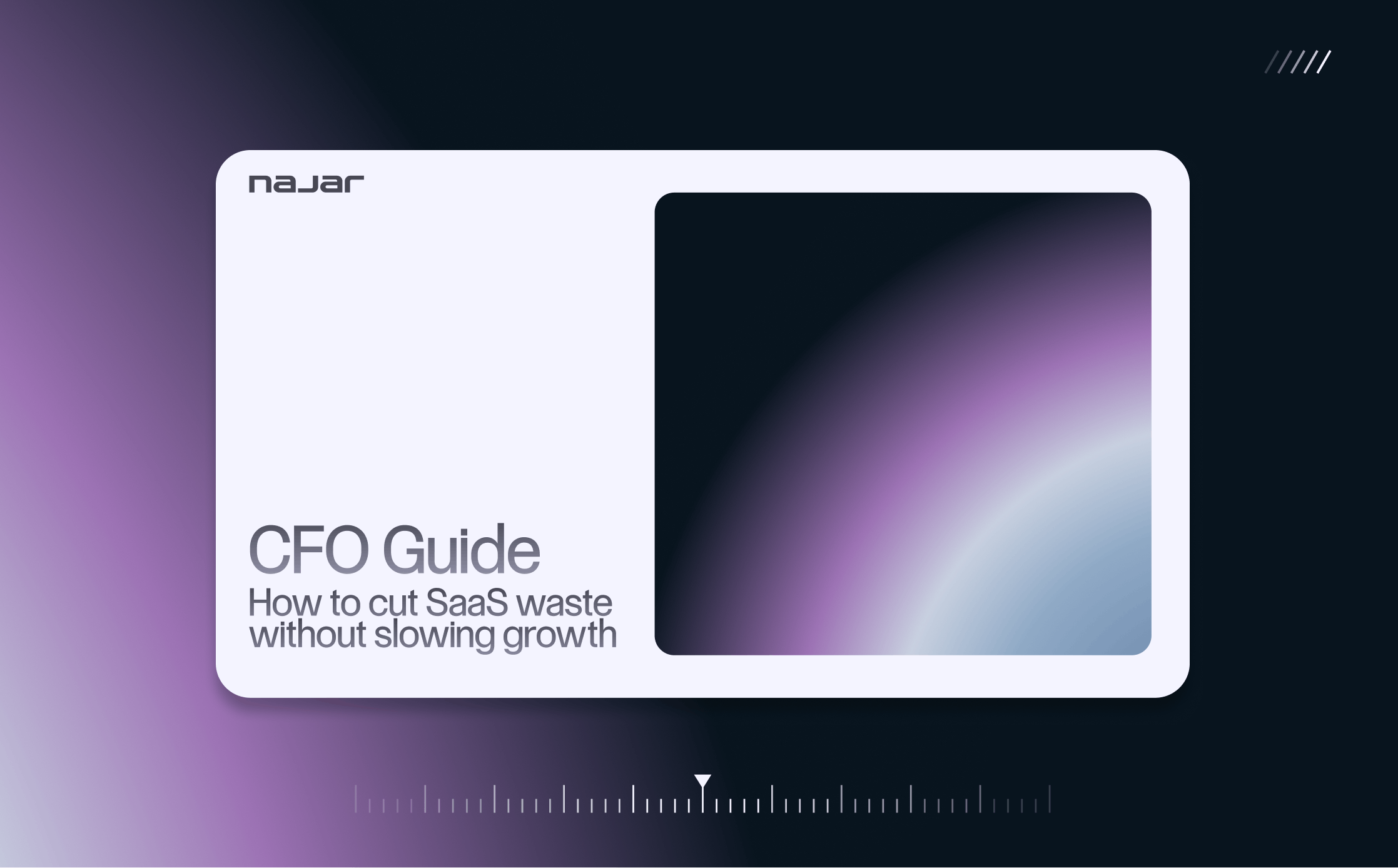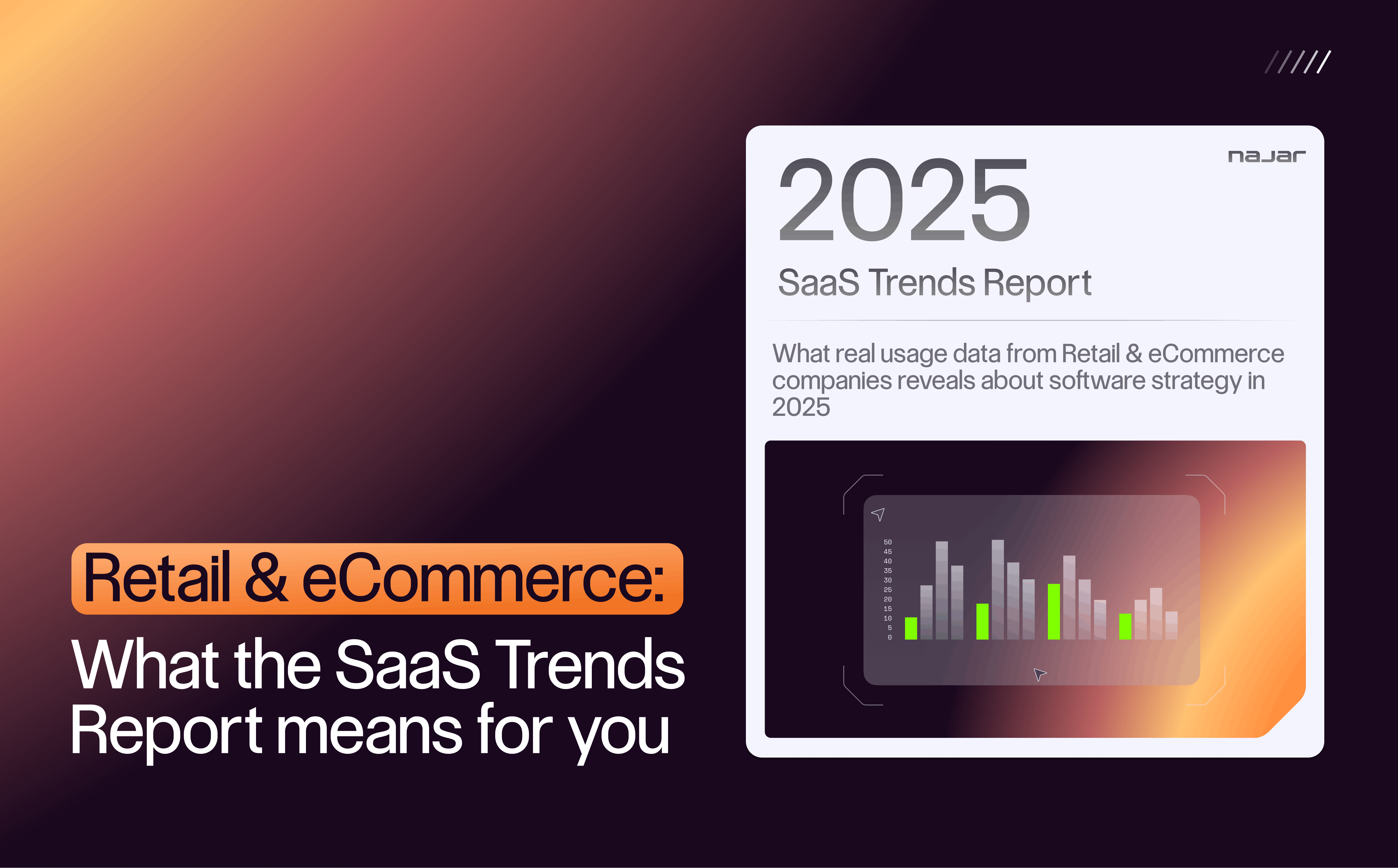Over the last 12 months, the majority of SaaS suppliers on the market increased their prices on average by 15%. Either publicly by changing their price on the website or in ‘secret’ by reducing the allocated discount to their current customers.
An economic downturn can affect durably the SaaS market after years of growth and double-digit performance. SaaS vendors who incentivise their sales on upsell and cross-sales will have trouble meeting their objectives during such a period when their clients are looking for reducing their spending and are more conservative in their purchasing strategy.
So in order to maintain or grow their spending, they will use mechanical levers such as price increases.
Furthermore, during an economic downturn, companies are looking for more profitability by reducing their spending. For some of them, it can go as far as laying off employees but there are some first steps that can be very efficient and it starts with making sure your SaaS stack is not too big for your current and future use.
Therefore, this podcast is split into two major topics that offer CFOs useful tips and practices on SaaS purchasing, as well as, several strategies to secure better pricing while decreasing the volume of licenses:
👉 Part 1: Inflation: tips and good practices CFOs can consider to mitigate
👉 Part 2: Decreasing environment: strategies to secure better pricing while decreasing the volume of licenses
This podcast is in English 🇬🇧
This podcast provides valuable insights and practical tips on budget analysis, negotiating with suppliers, exploring open-source alternatives, and leveraging cloud-based SaaS options.
Listen in to learn how to strike a balance between cost-cutting measures and ensuring access to essential software tools for sustained business growth.
Don't miss this opportunity to equip your organisation with the knowledge to navigate inflation and secure better pricing in challenging times.
Companies such as Jellysmack, Livestorm and Zenchef trust Najar to focus on their growth while maintaining control of their finances, saving up to 36% on their SaaS spend.




